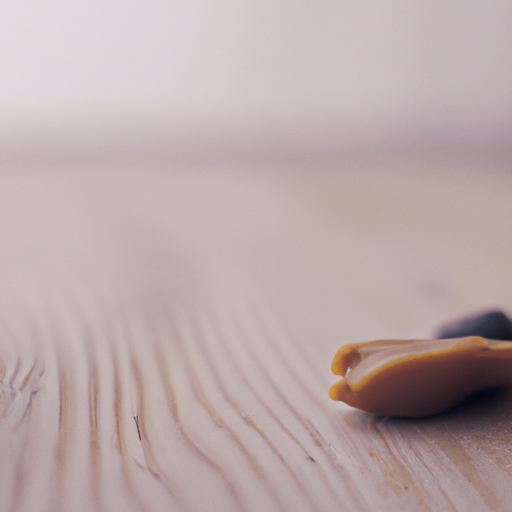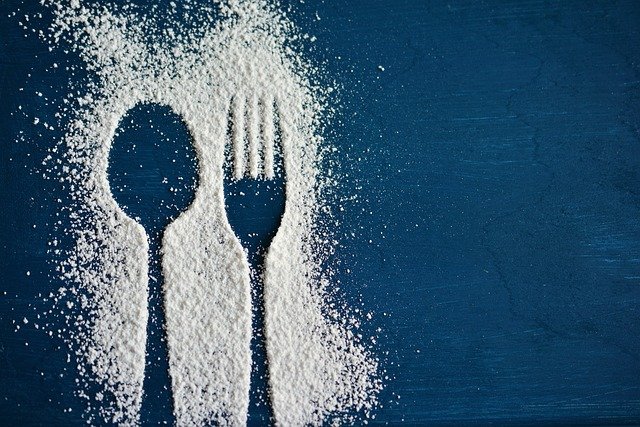-
목차
“Gout and Hyperuricemia: Taking Control of Your Health”
The Role of Diet in Managing Gout and Hyperuricemia
Gout and hyperuricemia are two conditions that can cause severe pain and discomfort. Fortunately, diet plays an important role in managing both of these conditions. By making simple changes to your diet, you can reduce your risk of developing gout and hyperuricemia, and even reduce the severity of symptoms if you already have them.
The most important dietary change you can make is to reduce your intake of purines. Purines are compounds found in certain foods that are broken down into uric acid in the body. High levels of uric acid can lead to gout and hyperuricemia. Foods that are high in purines include organ meats, such as liver and kidneys, as well as anchovies, sardines, and mackerel. It is best to avoid these foods if you are trying to manage gout or hyperuricemia.
In addition to reducing your intake of purines, it is also important to increase your intake of foods that are high in fiber. Fiber helps to reduce the absorption of uric acid in the body, which can help to reduce the risk of gout and hyperuricemia. Foods that are high in fiber include whole grains, fruits, vegetables, and legumes.
Finally, it is important to stay hydrated. Drinking plenty of water can help to flush out excess uric acid from the body, which can help to reduce the risk of gout and hyperuricemia. Aim to drink at least eight glasses of water per day.
Making simple changes to your diet can have a big impact on your risk of developing gout and hyperuricemia. By reducing your intake of purines, increasing your intake of fiber, and staying hydrated, you can reduce your risk of developing these conditions and reduce the severity of symptoms if you already have them. With a few simple changes, you can take control of your health and live a happier, healthier life.
Understanding the Causes and Risk Factors of Gout and Hyperuricemia

Gout and hyperuricemia are two conditions that can cause severe pain and discomfort. While they are both related to high levels of uric acid in the body, they are not the same. Understanding the causes and risk factors of gout and hyperuricemia can help you take steps to prevent or manage these conditions.
Gout is a form of arthritis that occurs when uric acid crystals form in the joints. This can cause sudden, severe pain, swelling, and redness in the affected area. Hyperuricemia is an elevated level of uric acid in the blood. While it does not always cause symptoms, it can lead to gout and other health problems.
The most common cause of gout and hyperuricemia is an unhealthy diet. Eating too many foods that are high in purines, such as red meat, organ meats, and seafood, can increase uric acid levels in the body. Alcohol consumption, especially beer, can also contribute to gout and hyperuricemia.
Other risk factors for gout and hyperuricemia include being overweight or obese, having high blood pressure, having diabetes, and taking certain medications. People with kidney disease or certain genetic conditions may also be at risk.
Fortunately, there are steps you can take to reduce your risk of gout and hyperuricemia. Eating a healthy diet that is low in purines and avoiding alcohol can help keep uric acid levels in check. Maintaining a healthy weight and exercising regularly can also help. If you have any of the risk factors mentioned above, talk to your doctor about ways to reduce your risk.
Gout and hyperuricemia can be painful and uncomfortable, but with the right lifestyle changes, you can reduce your risk and manage your symptoms. Take control of your health today and make the necessary changes to keep your uric acid levels in check.
Exploring the Latest Treatments for Gout and Hyperuricemia
Gout and hyperuricemia are two painful and debilitating conditions that can have a major impact on your quality of life. But the good news is that there are now more treatments available than ever before to help you manage your symptoms and get back to living your life.
The latest treatments for gout and hyperuricemia are designed to reduce inflammation, reduce pain, and improve mobility. These treatments include medications, lifestyle changes, and natural remedies.
Medications are the most common treatment for gout and hyperuricemia. Non-steroidal anti-inflammatory drugs (NSAIDs) are often prescribed to reduce inflammation and pain. Corticosteroids can also be used to reduce inflammation and pain. Other medications, such as allopurinol, can be used to reduce the amount of uric acid in the body.
Lifestyle changes can also help reduce the symptoms of gout and hyperuricemia. Eating a healthy diet, avoiding alcohol, and exercising regularly can all help reduce inflammation and pain. It’s also important to stay hydrated and get enough rest.
Natural remedies can also be used to reduce the symptoms of gout and hyperuricemia. Herbal remedies, such as ginger, turmeric, and bromelain, can help reduce inflammation and pain. Acupuncture and massage can also help reduce pain and improve mobility.
No matter what treatment you choose, it’s important to remember that gout and hyperuricemia can be managed. With the right treatment plan, you can get back to living your life and enjoying the activities you love.
결론
Gout and hyperuricemia are serious medical conditions that can cause significant pain and discomfort. Treatment options for gout and hyperuricemia include lifestyle changes, medications, and dietary modifications. It is important to work with your healthcare provider to determine the best treatment plan for you. With proper treatment, gout and hyperuricemia can be managed and the symptoms can be reduced.





